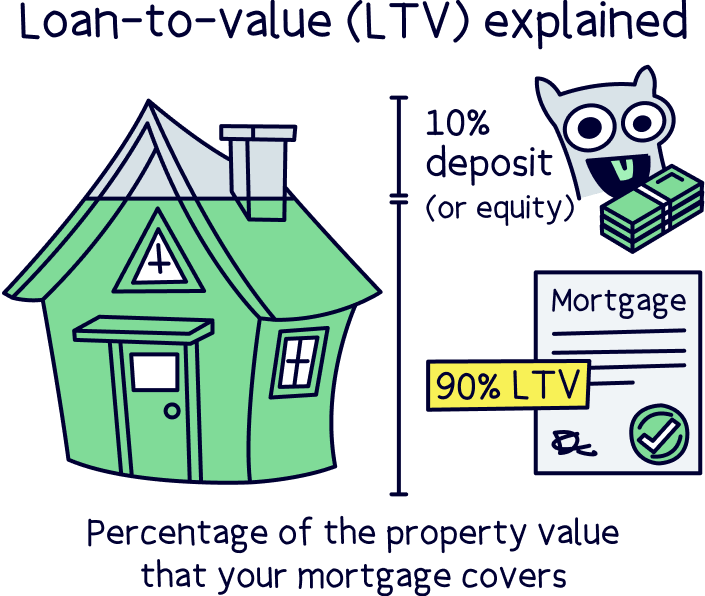
Loan-to-value (LTV), is typically used in mortgages, and is a measure of how much money (equity) you have in the property itself, compared to how much of the property is a loan from the lender (bank).
For instance, when you buy a home and take out a mortgage you are normally required to put down a cash deposit yourself. This deposit is effectively your share of the house and the loan the rest, and combined is the value of the house. The loan-to-value is measuring how much loan there is of the total house value.
Imagine your deposit was 10% of the house price. That means the amount you borrow on your mortgage loan is the remaining 90% of the house price. So, the loan part of your mortgage is 90% of the value of the house, making your loan-to-value 90%.

It’s better to have more cash (equity) in the house yourself as this reduces the risk for lenders and as a result they offer lower interest rates.
Mortgages are typically categorised into 5% LTV bands (i.e. 85%, 80%, 75%), and you could get a better deal if you can get into a lower band by putting up more money.